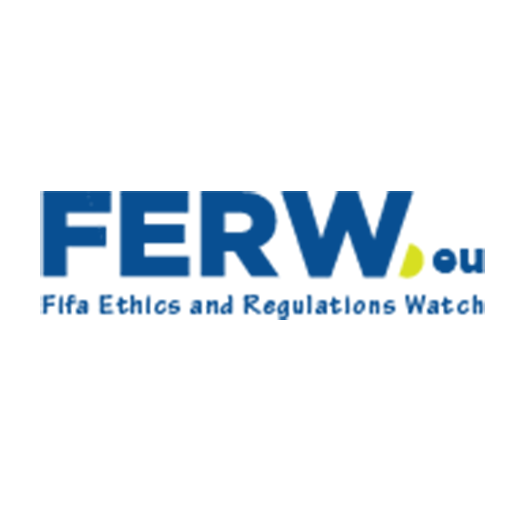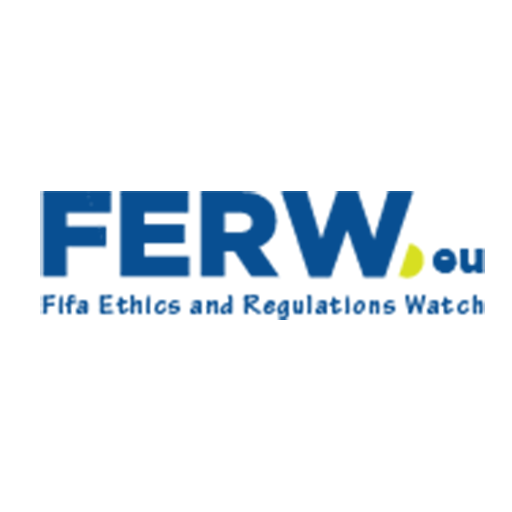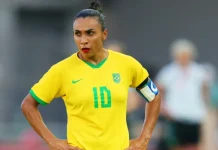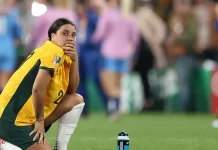Women’s football continues to grow at an unprecedented pace, with 2025 marking another year of substantial financial and audience expansion. According to FIFA, the organization has been investing in women’s football, with an investment in such an area amounting to a total of $152 million in 2023, to be used in support of national teams, compensation of clubs and preparation of tournaments. This financial investment has come hand in hand with a top level women football world-wide revenue prediction of 820million dollars in 2025 This is up by 11 percent which is a positive outlook over the projection of the previous year.
Marquee events such as the UEFA Women EURO 2025 are expected to yield more revenue of at least 128 million euros (140 million dollars), compared to 2022 returns. Sales of media rights have also skyrocketed to 72 million euro due to increased activation of viewers around the world. These numbers indicate a general change in fan participation: the attendance and the media coverage have achieved a record, which prefigures the increasing popularity of the women’s game. To this, FIFA has replied that it still hopes to generate revenues, to the tune of one billion dollars through the Women World Cup and hopes to increase the pool of participants all over the world to 60 million women and girls by 2027.
Symbolic Commitment Versus Unequal Resource Allocation
There are imbalanced distributions of resources in the structure leading to an uneven allocation of resources even after good trade love-ups as well as a wide base of supporters. The budget on the whole, nevertheless, remains to prioritize the male population of football as FIFA does and although the money related to the women’s tournaments attracts an increasing amount of prize amounts, only 30-40 percent of this amount is targeted and given to the actual players. The rest is frequently drained into administration costs and programs at the federation level- a strategy that strongly contrasts with that of the male events that are more player-oriented with respect to the disbursement.
At the domestic league level, financial asymmetry is even more visible. The major companies of women leagues at the top of the world pyramid, the so called tier 1 women leagues, endorse a revenue of an average of 4.4 million a year but record operating expenses near to 7.6 million a year highlighting continuous operating debts as well. At the lower leagues, the difference is even more vivid: averages are at about $76,000 and expenses surpass 182, 000. This disparity of finances poses a sign of a broken ecosystem trying to use its visibility to turn it into sustainable, sustainable professional careers.
Structural and Governance Challenges in Gender Inclusion
Governance Lag and Institutional Inertia
Governance structures do not indicate much improvement even though gender inclusion is a headline promise by FIFA. As of 2025, women only occupy 22 per cent of the positions of head coaches in the women’s clubs. This lack of leadership also applies to administration and technical leadership, which indicates the lack of infrastructure on the policies of creating gender balance, on the decision-making stages.
Development funds would go to benefit larger federations who usually already had infrastructure in place thereby leaving emerging football countries who many times are in vast need of them. Such uneven distribution is contrary to the expressed aim of the FIFA of fair football development and adds to the disparity in the sporting world order.
Another point of the sticking is transparency. Commercial revenues, sponsorships as well as development allocations are subject to unreliable reporting to the stakeholders who demand explanations of the extent to which funding generated by FIFA is used to influence the sport beyond the major tournaments.
Commercial Prioritization and Market Focus
The inequality is also displayed in the way FIFA approaches the business strategy, where the investment and collaborations are relying on the old markets within football in Europe and North America. Regardless of the growing interest in sponsorships, the majority of contracts remain miles behind the ones associated with men’s tournaments and not all leagues in underrepresented areas can be reinvested into female competition.
Such a trend has contributed to the allocation of funding priorities by FIFA which is highly biased in favour of tournaments, but not the lapse-time in the development of the leagues and grassroots initiatives. The sport will succumb to further consolidation of the inequality gap unless significant effort is taken to expand into new markets through commercial projects that do not reach the underserved areas.
FIFA President Gianni Infantino has projected that the Women’s World Cup will eventually reach $1 billion in commercial revenues. While this goal is ambitious, translating such figures into grassroots-level change remains an unfulfilled promise, particularly in markets that receive minimal attention under FIFA’s current revenue-sharing models.
Voices from the Field: Perspectives Reflecting Hope and Frustration
Across the women’s football ecosystem, there is a prevailing mix of optimism and impatience. Players and coaches acknowledge the visibility gains and financial uptick, yet many remain disillusioned with the depth of reform. They emphasize that real equity requires more than bigger stages—it demands fair pay, accessible development systems, and institutional representation.
This sentiment is echoed by public figures and commentators. Claire Fox, a respected analyst in the football community, recently remarked,
“FIFA’s public advances in women’s football often veil persistent disparities between rhetoric and reality; the players call not only for bigger events but for fair pay, transparency, and investment that reaches beyond the spotlight.”
Well-meaning proposals to mandate football clubs to provide training for girls. But until FA untangles its regressive policy to allow men who identify as women to play in female teams, girls will be wary re safety/privacy/ fairness. And shout-out to @JeanHatchet & @twelve0fiveUK pic.twitter.com/YrBn7DbQVt
— Claire Fox (@Fox_Claire) December 2, 2024
Her observations resonate with growing calls for accountability within FIFA’s leadership, particularly regarding how investments are measured and distributed.
National federations also present a divided front. The disproportionate support that was once seen to belong to the economically stronger countries remains so, but in contrast, Asiatic, African, and Latin American federations contend with underfunding and infrastructure depletion on a chronic basis. Such imbalances hamper the growth of leagues, as well as access to them by young players and ultimately in limiting the growth of women football to other parts of the world.
Prospects and Pathways for Equitable Inclusion
Toward Sustainable Growth and Governance Reform
To keep women football moving on a sustainable note, it will become imperative that FIFA should implement governance transformation at all levels. At the centre of this campaign lies redistribution of development finances in a manner that gives emphasis to unserved regions as a means of supporting infrastructure, coaching development and competitive league structures. It would also bring transparency and trust by developing proper mechanisms of holding people accountable in using such funds.
Another central pillar has to be institutional representation. There is a need to increase the representation of women amongst those making decisions at both FIFA and national federations levels since this is the only way to make the various policies more inclusive and address the actual needs of the players and administrators. Investment should also locate at the higher level in the elite competitions and develop pipelines of talent building further and long-term expansions at all levels in the sports.
On commerce, FIFA will have to adjust its sponsorship and broadcasting stance to induce people of poorly represented markets to show more interest. This may also involve rewards on media agreements, as well as corporate partnerships in upcoming territories, in a manner whereby increasing income is dispersed fairly throughout the entire football community.
Accountability and Commitment Beyond Symbolism
What distinguishes real inclusion from symbolic efforts is accountability. To drive effective change on gender equity, FIFA should put in place policies that are enforceable on gender equity, such as transparent monitoring of prize allocation, development performance, and impact of investment. A standard reporting to the general population needs to be instituted to facilitate analysis and consultation with the stakeholders such as the player associations, the clubs and civil societies.
Collaboration of the stakeholders is crucial. FIFA would also have the advantage of engaging with players, coaches and activists in a more meaningful way to impact better policy due to their knowledge and experience. Such a more holistic way would bring the work of FIFA more up to date with the facts of women football in the world.
With the sport still growing in terms of magnitude and exposure, FIFA is at a crossroad. As women are taking their football to a new level of popularity, the need for real, sustainable change is more pressing than ever before.
The question of whether FIFA is ready to relinquish lip service and reorganize structures that have historically marginalized women in football will be answered in the years to come. Creation is already there in the form of the infrastructure, talent and audiences. The issue is whether the running body is going to take its self mandate to lead to the fullest-not only by reveling in success but also by breaking down the hurdles that remain juxtaposed as a women’s game.












